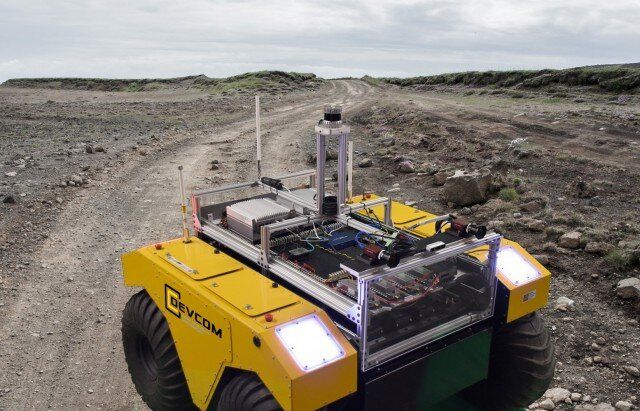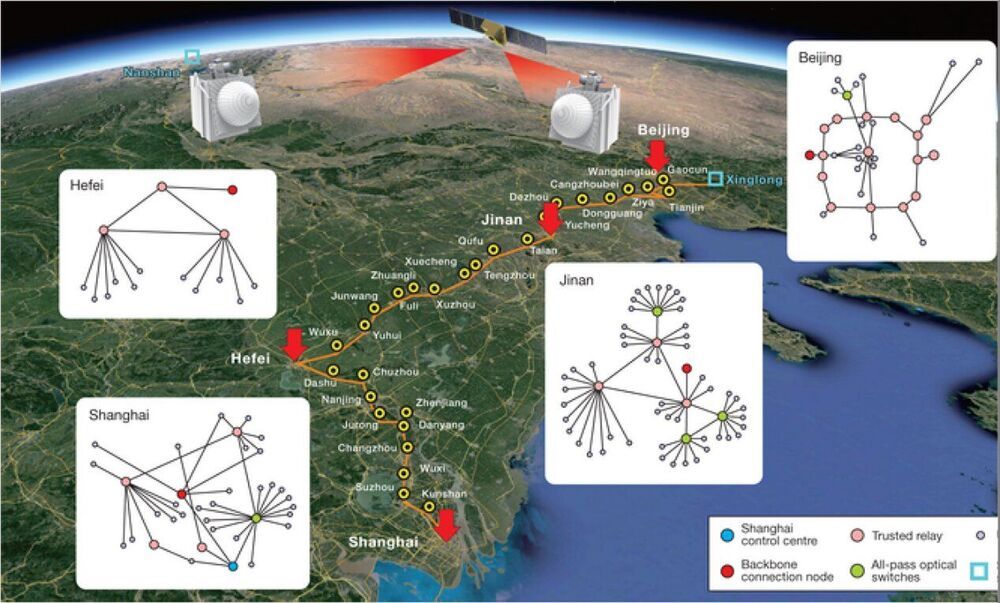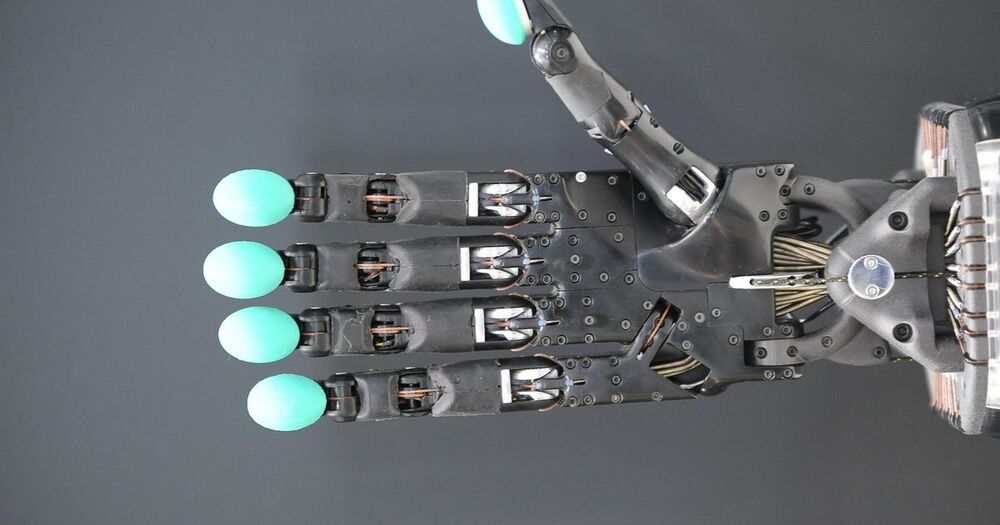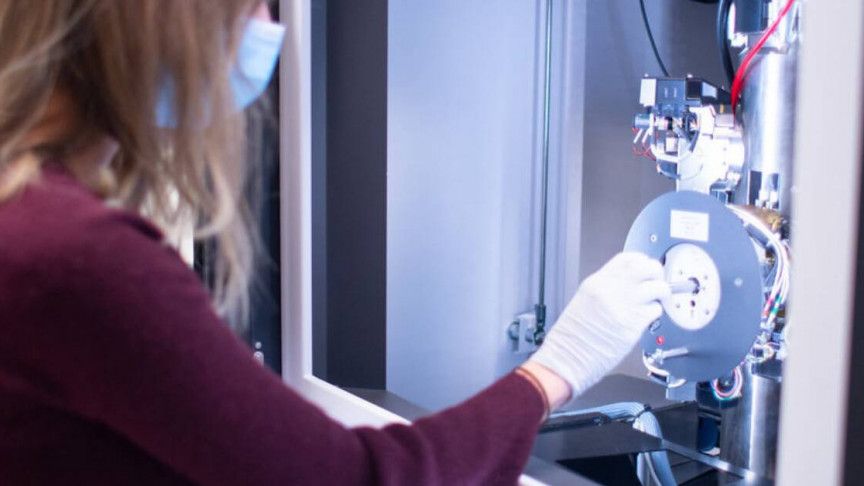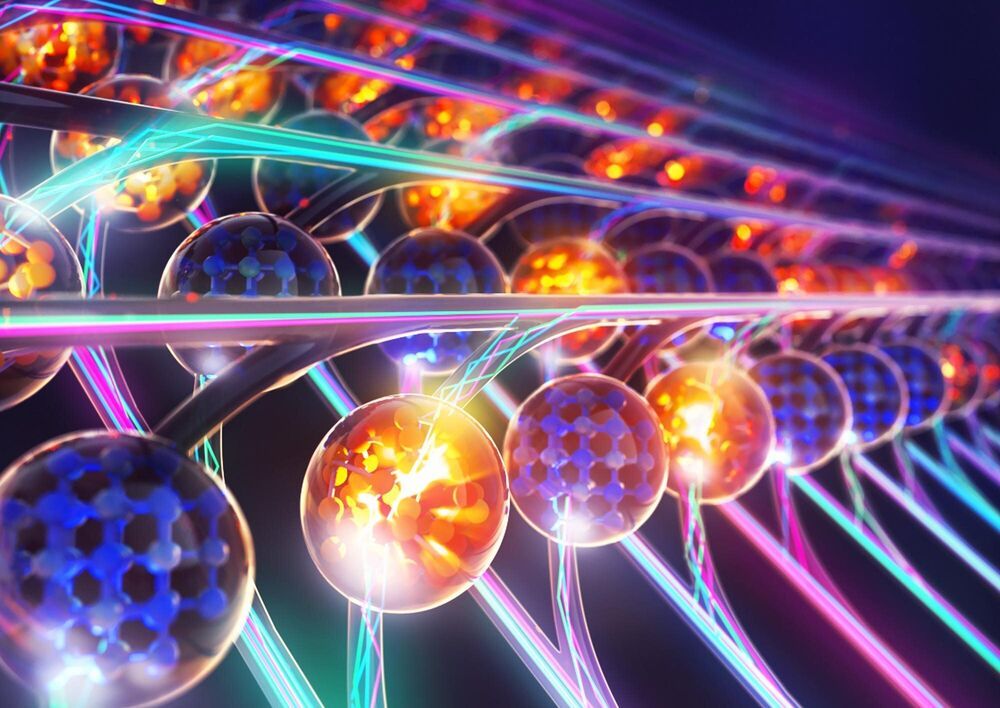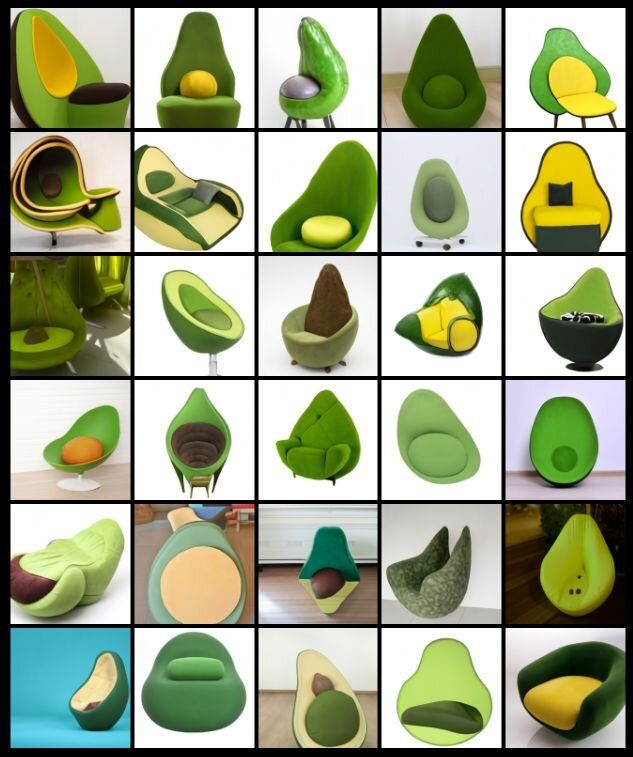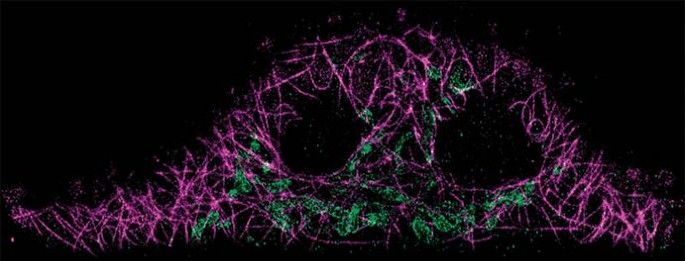Jan 6, 2021
U.S. law sets stage for boost to artificial intelligence research
Posted by Derick Lee in categories: government, law, robotics/AI
Frias-Martinez says CloudBank has allowed her to stretch her research dollars and, as a result, improve the quality and scope of her analyses. “For example, we started to do some experiments with an AWS database and the costs were much higher than we had expected,” she explains. “We submitted a ticket to their helpdesk and they quickly responded” with a full explanation of expenses and some money-saving alternatives.
Going the last mile
CloudBank was created to serve NSF grantees, starting with those funded by select CISE programs who have requested cloud computing. That pool is now tiny by design, but Norman expects demand to increase rapidly once NSF begins to make awards from this year’s program solicitations, the first that include CloudBank as an option. CloudBank could also serve as a template for a far larger, national cloud computing resource, part of a massive scale-up in cloud computing and artificial intelligence outlined in a law passed by Congress last week.

